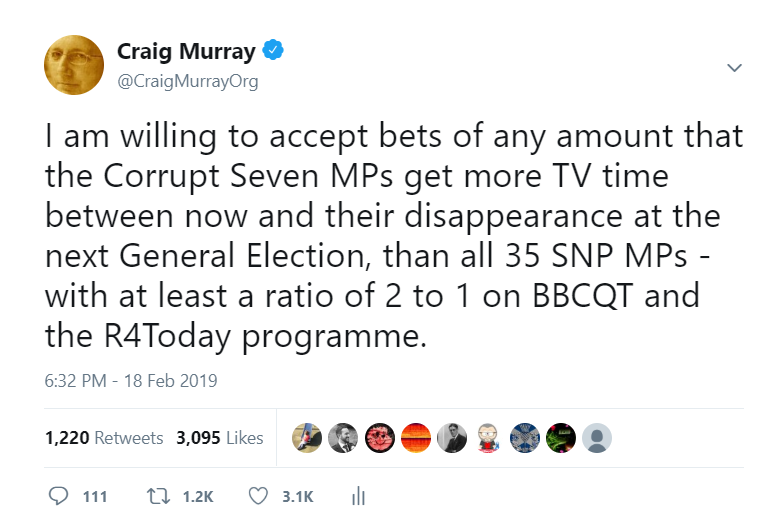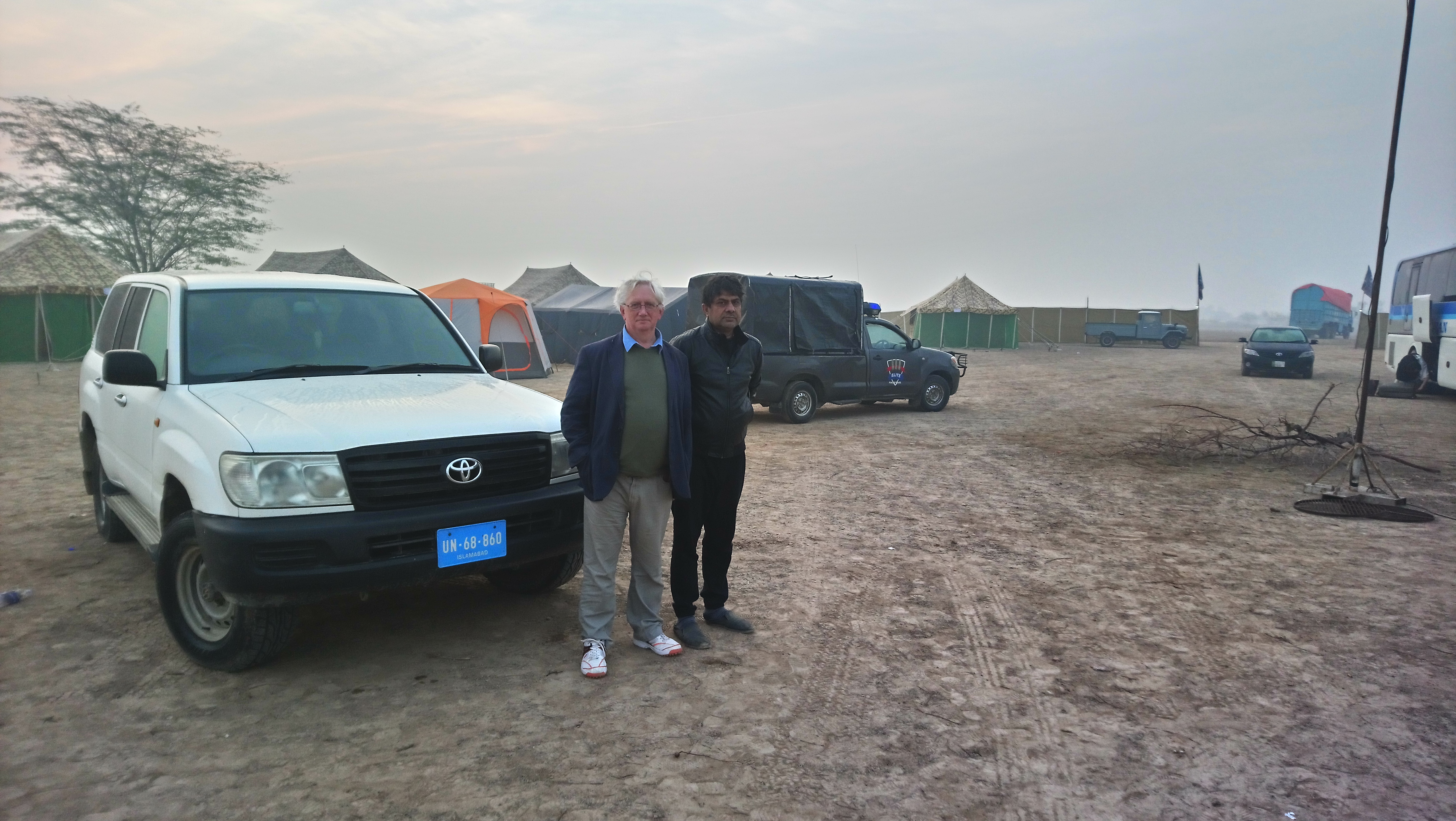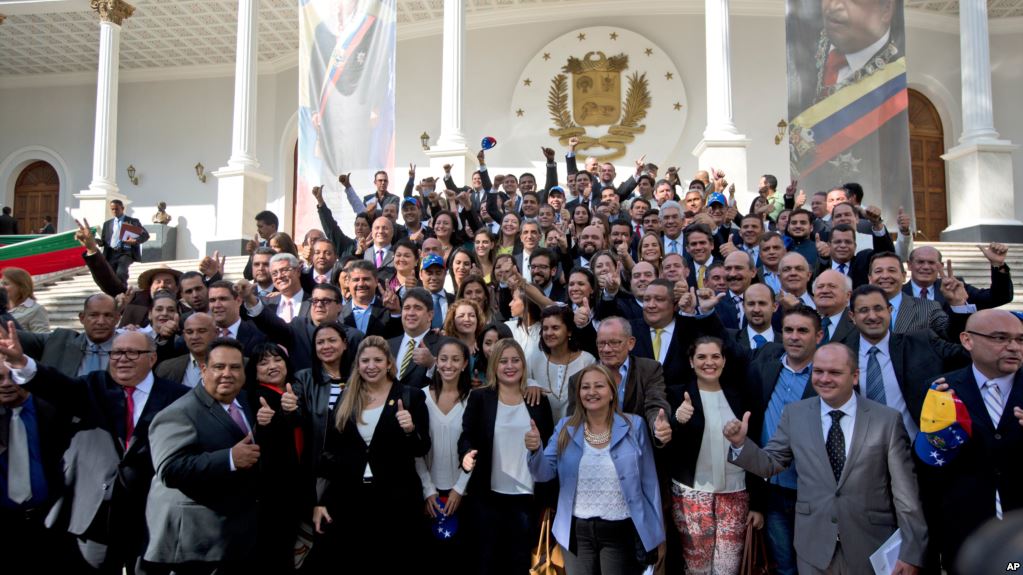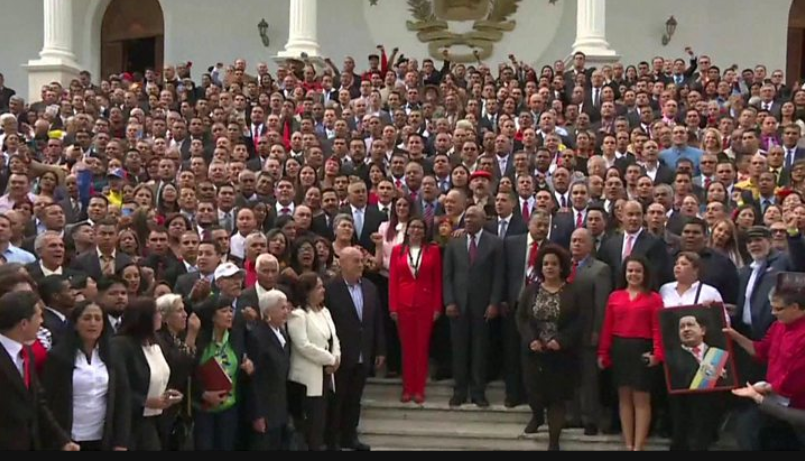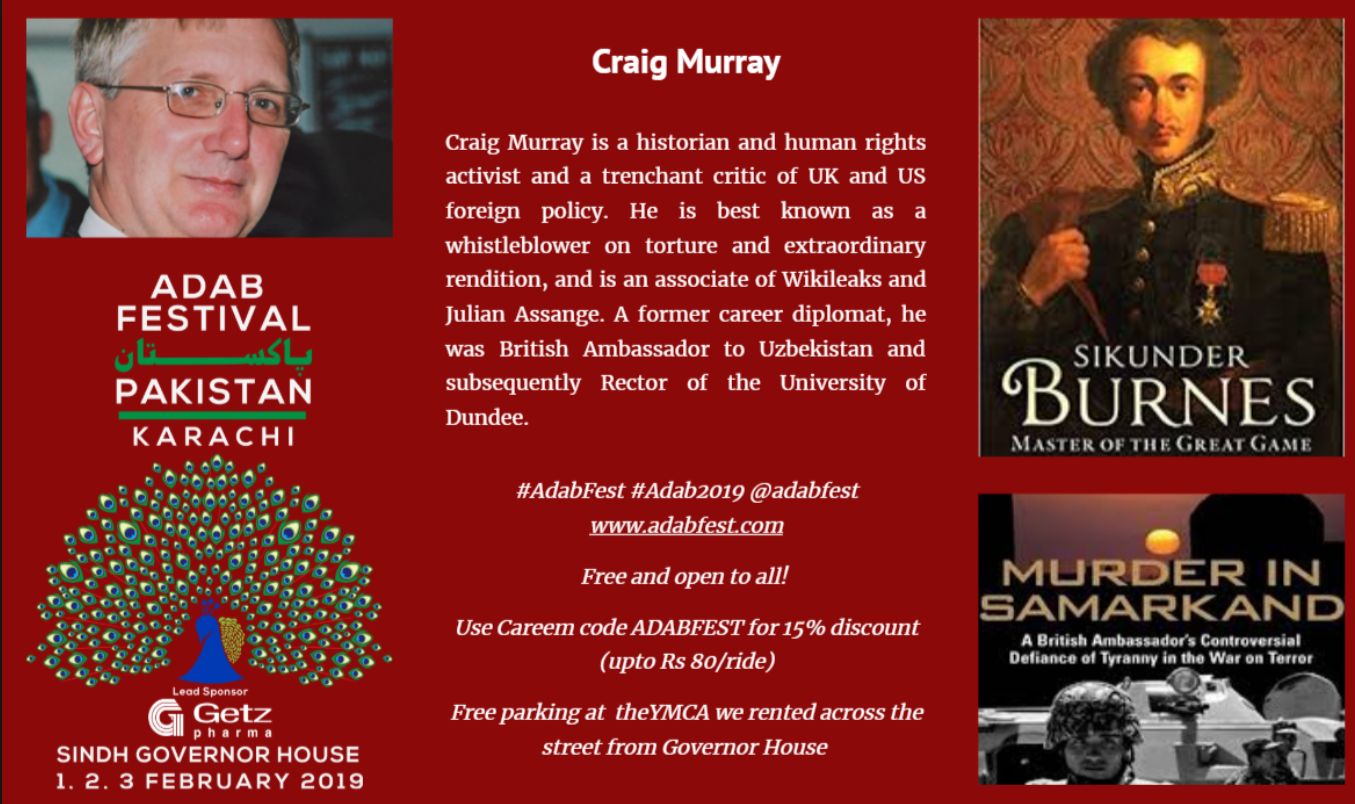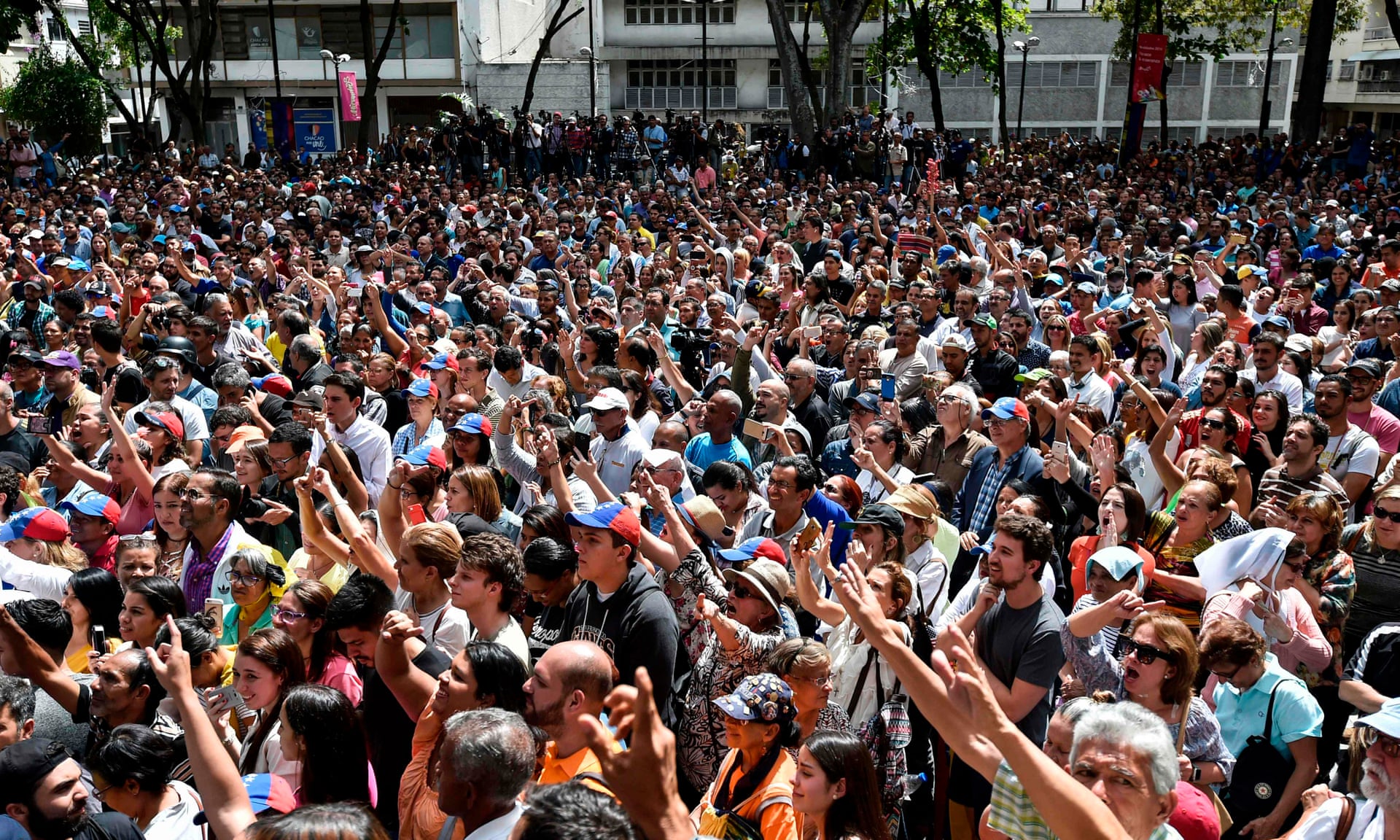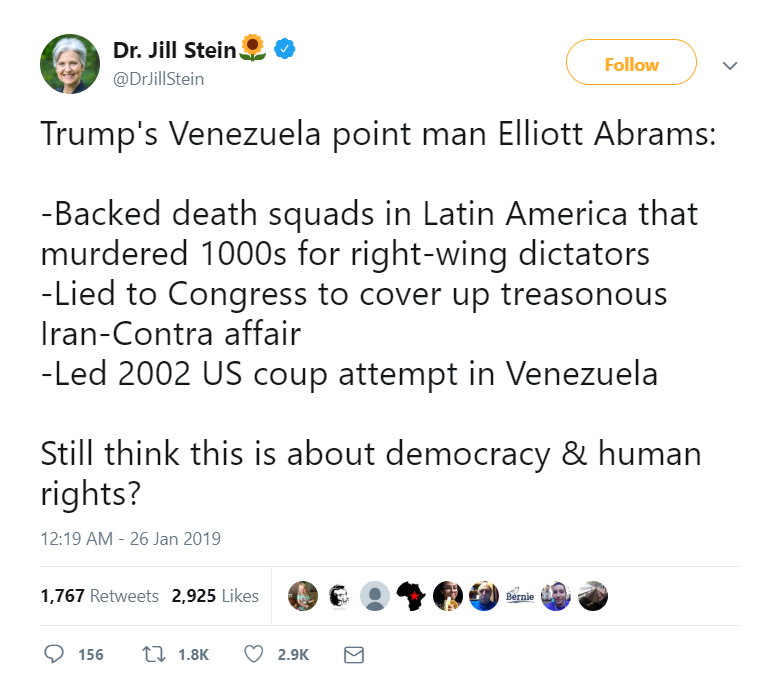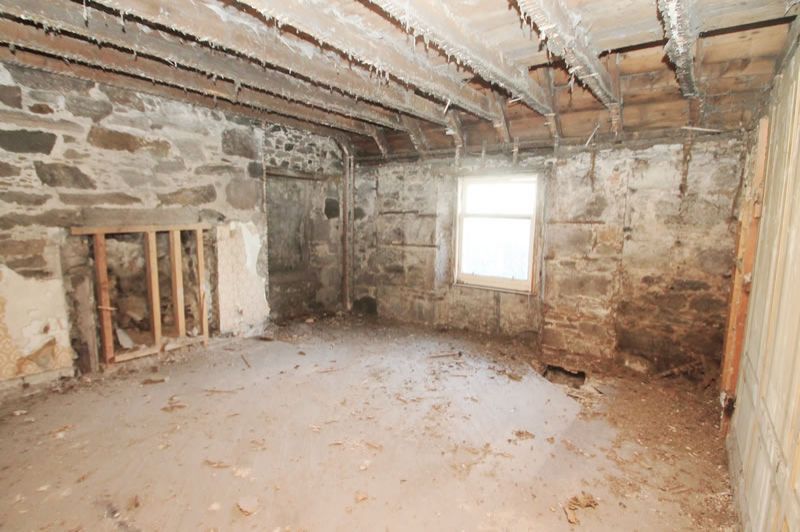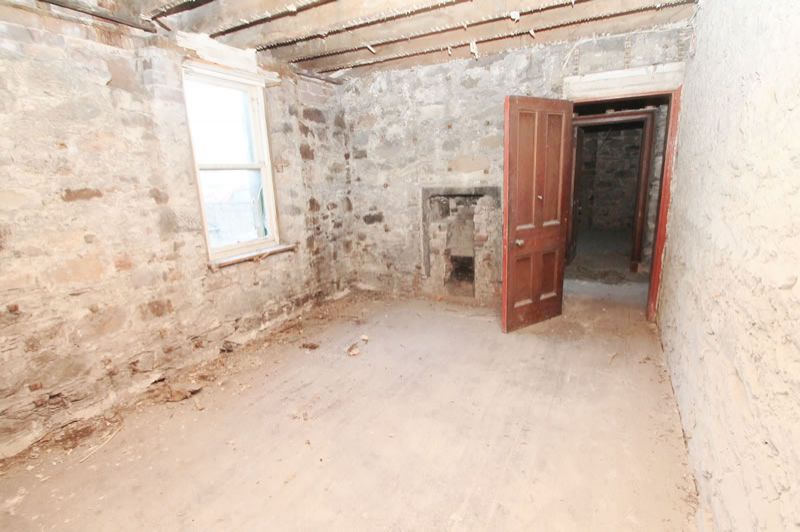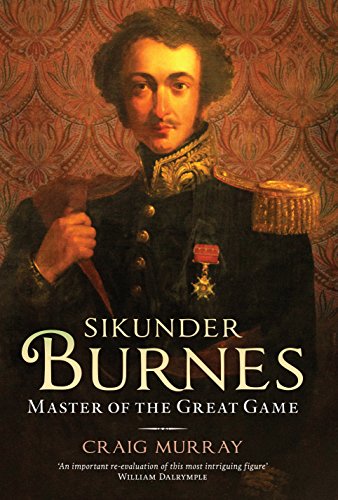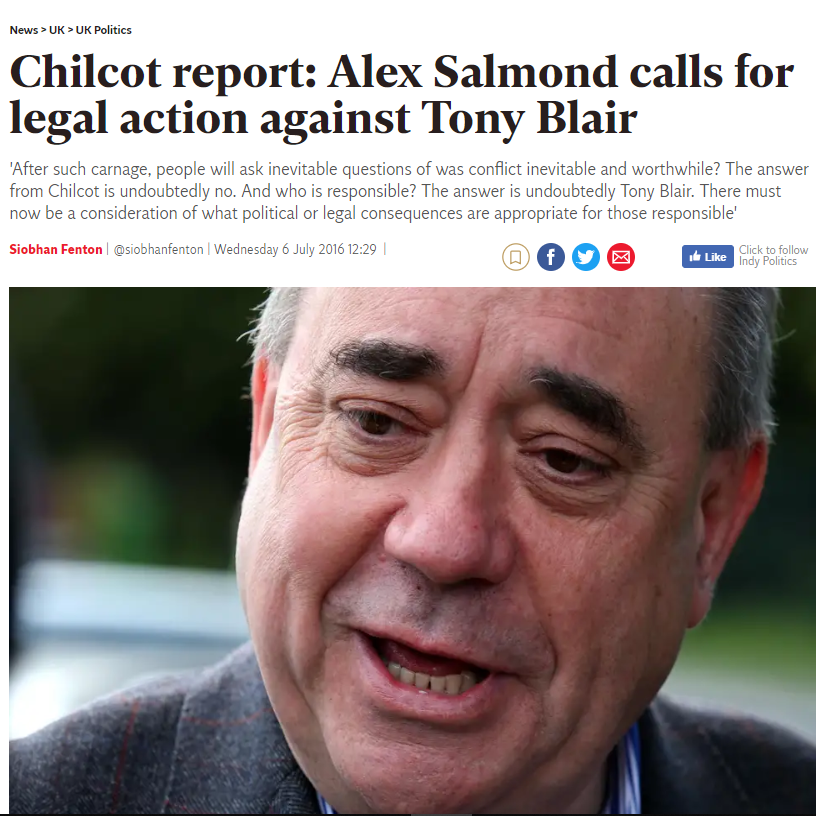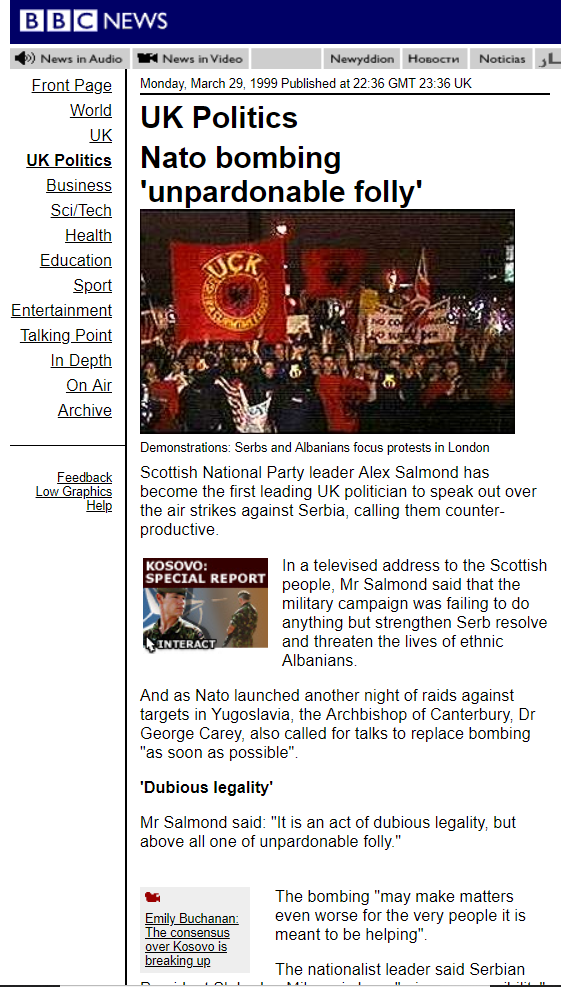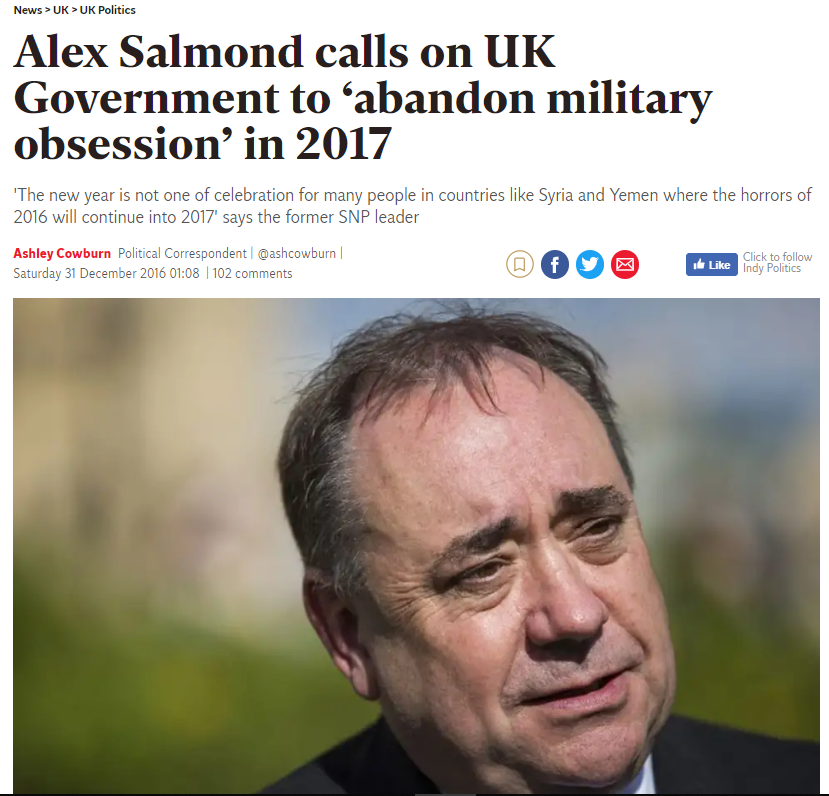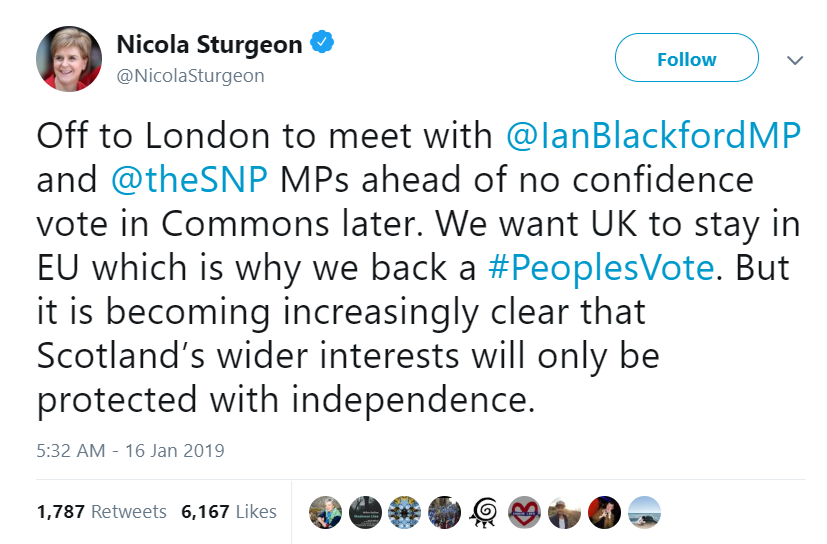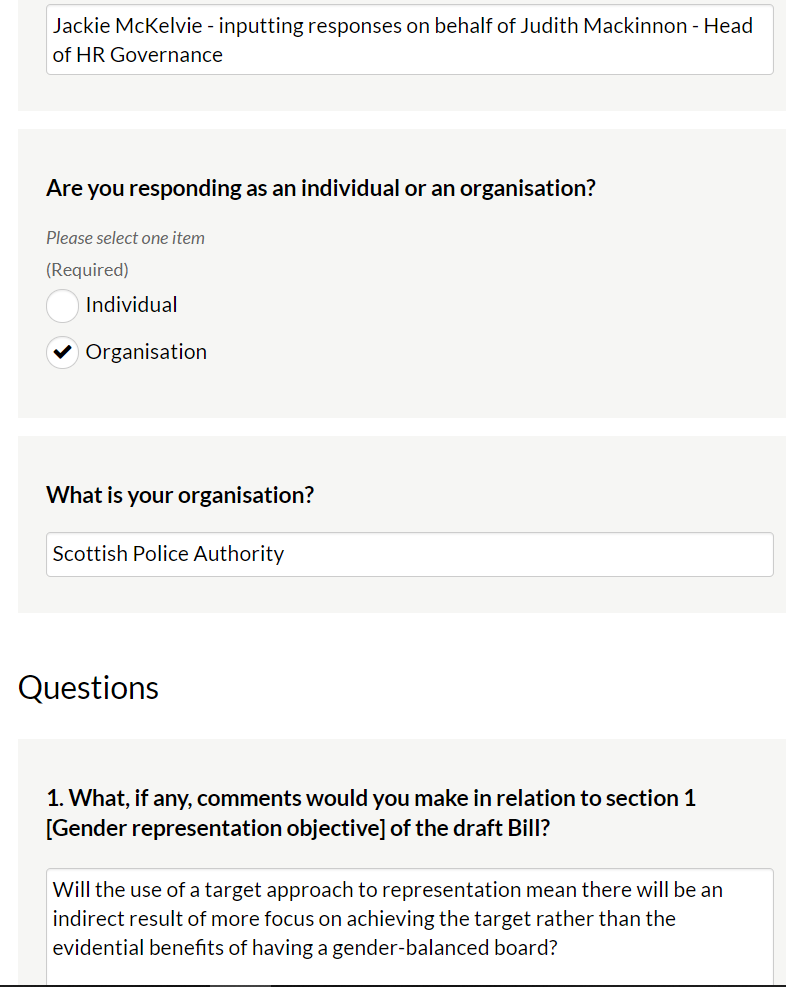Scotland’s retention of its own legal system, based on an entirely different legal inheritance to the Anglo-Saxon one, is an important part of its national heritage. Senior judiciary and lawyers held a unique social status in national life for many centuries, as joint custodians with the Church of the residual national autonomy. The lawyers of Edinburgh are still a formidable, and broadly conservative, caste. That caste is collectively astonished by the revelations in the Alex Salmond case, and especially by the Scottish Government’s brazen reaction to the judgement of Lord Pentland and the inexplicable failure of Leslie Evans to resign. Secrets that are sealed and kept from the public are shared in whispers amongst the legal brotherhood. In the corridors of the Court of Session, in the robing rooms, in the Signet Library, in the Bow Bar, in the fine restaurants concealed behind medieval facades in the Old Town, in the New Club, the facts whirl round and round, in an atmosphere approaching indignation.
I think now you should share in some of those facts.
The Scottish Government’s version of events was that in December 2017 a new civil service code was adopted which allowed complaints to be made against former ministers. That new code was published to staff on the Scottish Government intranet, which resulted in two complaints against Alex Salmond being received in January of 2018.
Neither I, nor the collective consciousness of legal Edinburgh, can recall any example in history of a government being caught in a more systematic and egregious lie by a judge, but yet continuing to insist it is in the right and will continue on the same course. Every point of the above official government story was proven not just to be wrong, but to be a lie, because Lord Pentland called a Commission on Diligence.
This is a little known and little used process in Scots Law where one party challenges whether the other party has really produced all the important evidence in disclosure. A Commissioner is appointed who, in closed session, hears evidence on oath as to what documents are available and their meaning.
The Scottish Government had opposed before Lord Pentland the setting up of the Commission on Diligence, on the grounds that there was no more relevant documentation – which turned out in itself to be a massive lie.
Over the Festive period, the Commission in the Salmond case obtained quite astonishing evidence that proved the Scottish Government was lying through its teeth and attempting to hide a great many key documents. The oral evidence under oath, particularly from Leslie Evans given on 23 December 2018, was even more jaw-dropping. It is because of what was revealed behind closed doors in the Commission on Evidence that legal Edinburgh cannot believe Leslie Evans has not resigned.
The truth is that Judith Mackinnon, the “Investigating Officer” in this case, was closely involved in the new and unprecedented procedure for complaints against “former ministers” from at the latest 7 November and had multiple direct contacts with the complainants against Salmond at the very latest from early December 2017 – just three months after Mackinnon took up her job as “Head of People Advice”. On or shortly after 7 November 2017, Permanent Secretary Leslie Evans was briefed about the complaint, which fact was minuted, in a manner that very definitely made Evans acutely aware of Mackinnon’s involvement. Evans claimed on 23 December 2018 under oath to have not noticed this, or to have forgotten it.
Evans being informed of the potential complaint against Salmond on or shortly after 7 November, coincided very closely with the initiation within the Civil Service in Scotland of the drafting of a new Civil Service Code enabling complaints against former ministers. This Civil Service activity included seeking the views of the Cabinet Office in London on creating a code enabling complaints against ex-ministers. The Cabinet Office in London did not support the idea. Nevertheless on 22 November 2017 the First Minister agreed the change in principle, as in line with the aims of the MeToo movement.
Judith Mackinnon’s preparation of the complainants against Salmond then entered a higher gear. She had numerous meetings and communications with both complainants in early December 2017. At the same time, she was continuing to be actively involved in the drafting of the new Code to enable the case she was working on. Astonishingly, the two complainants were themselves actually sent the draft Former Ministers Procedure for comment by Judith Mackinnon, before it was adopted! One of them, who had left the Civil Service, also appeared from the records to be potentially encouraged by another senior civil servant with the suggestion of the prospect of employment. Both were told by Mackinnon that she was likely to be the chosen “investigator”.
The Former Ministers Procedure in final form was not adopted and active until 20 December 2017, when it was signed off by Nicola Sturgeon, wweks after Mackinnon initiated action to proceed with complaints against Salmond. The new procedure was not advertised on the Intranet to staff until 8 February 2018, two months after Mackinnon’s first meeting with at least one of the complainants.
Contrary to the lies of the Scottish Government, zero complaints against Alex Salmond were received from staff following the publication to staff of the new former ministers procedure on the Intranet. The only two complaints had both been canvassed and encouraged a minimum of three months earlier.
Leslie Evans was aware of Judith Mackinnon’s role in the process at least from November 7 2017. Evans was repeatedly informed throughout December 2017 of the development of the complaints and of Mackinnon’s – and other civil servants’ -contacts with the complainants. The complaints against Salmond were being developed in parallel with the drafting of the Code which would retrospectively cover them, and being developed by the same people doing the drafting, and even the complainants were consulted on the draft Code. It was not until January 2018 that Mackinnon was appointed as “Investigating Officer” despite the fact that the Civil Service Code stipulated that the Investigating Officer must have “no prior involvement with any aspect of the matter”. She had in fact had intensive contact with the complainers over two months and had been active in the development of the procedure for three months. There is no indication that Mackinnon was keeping that secret from her senior colleagues or the Permanent Secretary, Evans.
Nicola Sturgeon, reacting to her Government’s court defeat, disingenuously described to Holyrood Mackinnon’s contacts with the complainants as merely “welfare support and guidance”. Sturgeon knows for a fact that is not true. The documents the Scottish Government was forced by the Commission to disclose prove that Mackinnon’s involvement comprised, as described in open court:
the substance of the complaint, evidence to support the complaints, circumstances in which they arose, the manner in which they could go on to make formal complaints and a significant decree of assistance to the complainers bordering on encouragement to proceed with their complaints.
Still more of a lie is Leslie Evans’ astonishing and unrepentant statement after the humiliating capitulation of the Government case before Lord Pentland. It is a statement woven through with falsehood and deceit, but the most obviously untrue point of all is her refusal to acknowledge what the documents show, that she knew full well all this was happening at the time.
After reassessing all the materials available, I have concluded that an impression of partiality could have been created based on one specific point – contact between the Investigating Officer and the two complainants around the time of their complaints being made in January 2018.
The full picture only became evident in December 2018 as a result of the work being undertaken to produce relevant documents in advance of the hearing.
Evans’ blatant attempt to pretend she knew nothing, and thus throw Mackinnon under the bus alone, is morally disgusting. Still more so is her utterly false claim that, the case having fallen after she conceded it on the basis Mackinnon ought not to have been appointed Investigating Officer, all Alex Salmond’s other legal points fell. Evans’ statement reads:
All the other grounds of Mr Salmond’s challenge have been dismissed.
That is a total untruth. It was made perfectly plain in Lord Pentland’s Court that, the Scottish Government having conceded the case, there was no point in hearing all the other grounds. This was made specific in court, where the other points were described as “now academic”.
I hope I have managed to make plain to you that Mackinnon’s appointment as Investigating Officer was the least of the many dreadful things of which the Scottish Government was guilty in this case. They naturally conceded on the least embarrassing. In fact, the entire matter is an orchestrated stitch-up.
Finally, I am obliged to consider the role of the First Minister and her subsequent defence of Evans and Mackinnon. I do so with the heaviest of hearts, because I know that any criticism at all of Nicola Sturgeon is considered utterly inadmissible by many of my fellow campaigners for Scottish Independence. Believe me, if I did not feel a strong obligation to truth I would much prefer not to speak of it.
But consider this, with as open a mind as you can muster.
Sturgeon’s defence of Mackinnon, as doing no more in the instigation of the complaints than provide welfare counselling and advice, is completely untrue. Sturgeon knows very well that it is untrue.
Consider this as well. Had the Scottish Government not thrown in the towel, Nicola’s Chief of Staff Liz Lloyd would that day have been questioned under oath about documents that she would have had to produce to the Court. Lloyd may well also not be anxious to be questioned about the leak of salacious details of one of the allegations, to David Clegg of the Daily Record. Lloyd knows Clegg well.
It really is very difficult to look through all the facts – including some I have not given here as they have not been referred to in open court – and conclude that Nicola was unaware of the stitch-up. I have spoken to dozens of sources this last three weeks, including many elected SNP figures, a couple of civil servants, and others who know Nicola personally. This is my conclusion, based on their extensive observations.
It is no secret that feminism is Nicola’s passion. A gender-balanced Cabinet, all-female shortlists for SNP Holyrood candidates, gender balance on boards of public authorities, these and many more are results of Nicola’s feminist activism in government, much of it admirable. Leslie Evans is close to her and a key ally in driving forward that agenda.
Leslie Evans has built a career out of promoting PC identity politics within local authorities and the civil service. In this story of her dishonesty when an officer at Edinburgh City Council, that appears to be her motivation against the project she sought to penalise. Evans frequently states her feminist principles.
And my gender politics too – my feminism – and I am a feminist – dates back to learning about Elizabeth 1st’s speech at Tilbury (‘I know I have the body of a weak, feeble woman; but I have the heart and stomach of a king’)…
Most Permanent Secretaries are male and the product of private schooling and the Oxbridge system. You might have noticed I’m none of these things. In fact I am only the 30th female Perm Sec in whole history of the UKCS and the first female Perm Sec in Scotland has ever seen.
She was chosen, from a shortlist, to head the Civil Service in Scotland by Nicola. I am quite certain that the fact she was a woman with a history of promoting gender issues was a major factor in Nicola’s choice. Precisely the same factors also characterise Judith Mackinnon’s career in human resources, as I previously reported. Here is Leslie Evans on gender equality throughout Scottish government:
There’s another key difference between Scotland’s government and the UK’s – for Holyrood’s a world leader in gender diversity. Not only are the perm sec and the leaders of the three biggest parties women, but also half the cabinet, half the directors general, and 46% of the senior civil service.
As in all fields of diversity, Evans warns, this parity’s fragile: “It only takes one or two people to leave, and you’ve got a completely different balance again. You can never have the luxury of thinking you’ve done it.” And does achieving that balance change how government operates? She’s cautious. “I’d be foolish to say that this government feels very different from others, or that the cabinet operates in a markedly different way,” she replies. “I do think there are some broad themes that I can pick out. I think women tend to be a bit more collaborative; sometimes they’re a bit more thoughtful, and less likely to jump to conclusions. But I’m sure that people would challenge me on some of that thinking.”
This key ITV News article from 2015 was headlined “Sturgeon’s Women Power vs Cameron’s Man Power”
But Ms Sturgeon has also made her mark at the heart of government.
Women now occupy the three most important jobs in Scottish politics.
That’s in marked contrast to the big jobs in Downing Street, all held by men.
As it happens there are also significant educational differences too.
In Scotland the top three women were all state educated.
South of the Border they all went to public (in other words private) schools.
Here’s the roll call:
There’s Ms Sturgeon herself who went to Greenwood Academy in Ayrshire, and on to Glasgow University.
Her chief of staff and senior political adviser, Liz Lloyd, went to Gosforth High School in Newcastle, a state school, and Edinburgh University.
Leslie Evans, newly appointed as the Permanent Secretary to the Scottish government, the most senior civil servant in Scotland, went to High Storrs school in Sheffield and Liverpool University.
That article was briefed by Sturgeon’s office and Nicola sees Lloyd, Evans and Mackinnon as performing key roles in driving her gender equality policies in Scotland. That is why she leaps to defend them. That is her here and now, and has become more real to her than the time before she was First Minister, campaigning for Independence with Alex. She is emotionally attached to Lloyd, Evans and Mackinnon on that basis, to the extent that she is prepared to defend the indefensible.
Nicola sees the criticism of the attack on Alex, an attack made under her MeToo inspired Former Ministers Procedure, as a slur on the integrity of the gender policies which Nicola sees as cementing her place in history. It is also a direct attack on the female team which she hand-picked to implement those policies. It is not irrelevant to the MeToo context that Alex Salmond has been described frequently as, solely in a political sense, being a father figure to Nicola, and perhaps is thus easily associated in her mind with the abusive patriarchy as characterised by the feminist movement. Despite the obvious fishiness of both the allegations against Alex and the way they were dredged up, they fit Nicola’s most valued agenda. In pursuing that agenda, Nicola has simply lost all sight of the notion of fairness to Alex Salmond.
It should be noted that after Lord Pentland’s ruling, Nicola rightly apologised to the complainants for the mishandling. She remarkably did not apologise to Alex Salmond, who was actually the person Lord Pentland had ruled her Government had treated unfairly. That was not an accidental omission.
If Alex Salmond goes ahead to sue the Scottish Government for damages, which I certainly hope that he does, the Scottish Government cannot oblige him to settle and will find it very difficult to stop both the documents to which I refer, and the key evidence on oath, from coming out in open court. I am very confident that anybody who now scoffs or rails at me will look very stupid when that happens.
In conclusion, a senior judge does not describe the Government’s proceedings as “unlawful”, “unfair” and “tainted by apparent bias” without extreme care. Those words carry full weight. That Nicola Sturgeon has simply sought to ignore them is astonishing.
UPDATE at 20.06: This article led to a number of people contacting me to offer more information, or in some cases correction, on various points, plus two lawyers who contacted me with legal advice. I have therefore made a number of relatively minor changes to detail including some dates, but they in no way alter the thrust of the narrative or the argument. If further information comes in, there may be more changes. I will let you know.
———————–
*In a previous article I had written that Mackinnon started contact with the complainants in January 2018. It was in fact still earlier, November 2017.
